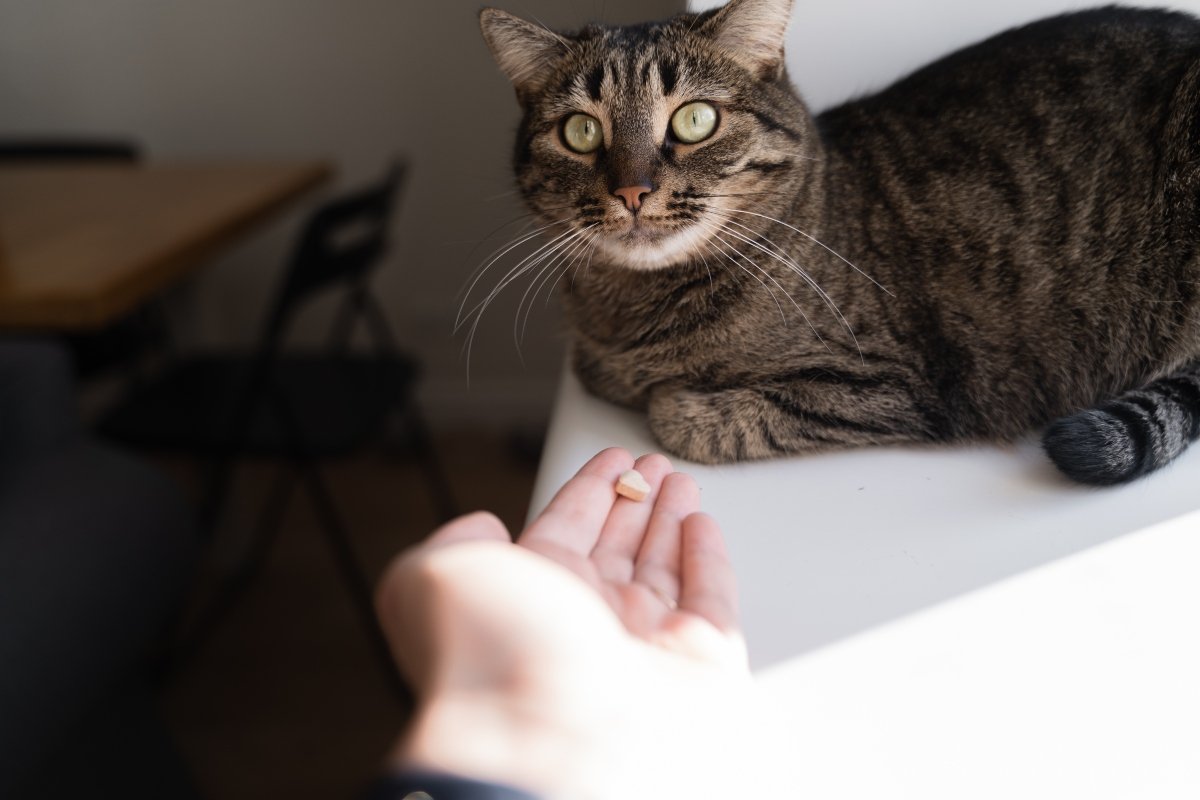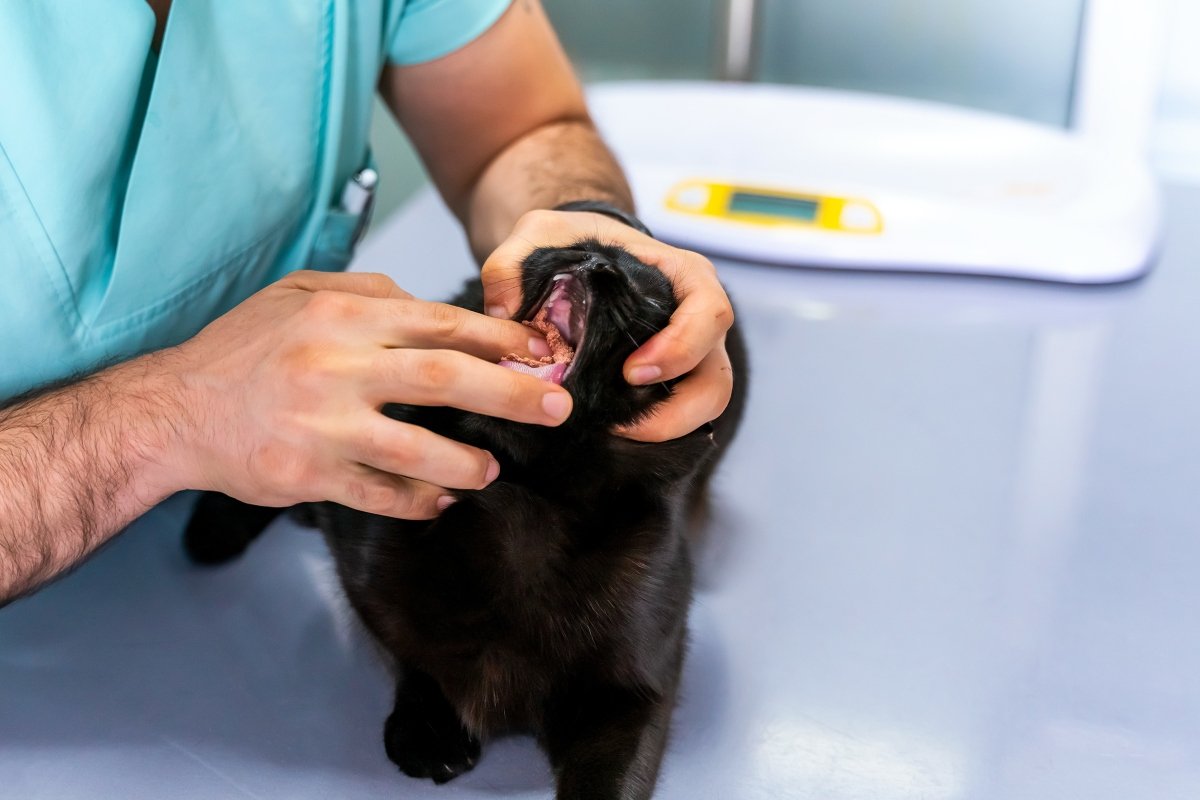This Tool Makes It Easier to Give Medicine to Your Cat
Published: 2025. 03. 30 • 2 minutes reading

Published: 2025. 03. 30 • 2 minutes reading

Sharp teeth, sharp claws, unpredictable movements. For first-time cat owners, giving medicine—no matter how tame their cat may be—can often seem like an impossible challenge.
Many pet owners worry about what to do when their beloved pet needs medication. Our veterinary expert demonstrates how to administer medicine to your cat.
 Giving a tablet to a cat can be challenging
Giving a tablet to a cat can be challenging
Dr. István Koleszár, director of the Rex Animal Shelter Foundation, administering medicine to a cat can indeed result in serious injuries. The veterinarian strongly recommends using long tweezers—and for good reason. Cats often ignore bitter-tasting pills, even if they are carefully wrapped in a treat. Whether it’s liver pâté, salmon, or another fragrant food, our furry friends can easily detect the hidden pill due to its strong smell. No wonder the medication often remains untouched at the bottom of the bowl.
Although we generally take good care of our pets' health, rabies vaccination is not mandatory for cats. Many owners spare their indoor cats from the shot, believing they won’t come into contact with other animals. However, a single careless moment is enough for them to slip outside.
Beyond rabies—which poses a minimal risk—certain bacteria can also cause serious infections if a cat bites or scratches you while you're giving them medicine. Take, for example, Pasteurella multocida, a bacterium commonly found in a cat’s mouth, which can easily infect any wounds. In such cases, a tetanus shot may be unavoidable for the owner, and antibiotic treatment may also be necessary.
Even with practice and following Dr. Koleszár’s advice, giving a tablet to a cat can be challenging. Fortunately, alternative forms of medication are now available. For example liquid medications.

Follow us!
facebook instagramRelated articles